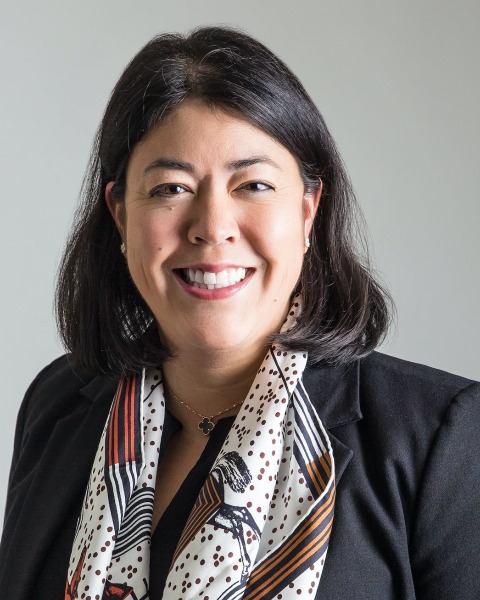Emergency Medicine: All Areas
Emergency Medicine 9
444 - Characterizing point-of-care ultrasound (POCUS) credentialing in pediatric emergency departments (PEDs)
Publication Number: 444.312

Julia A. Brant, MD (she/her/hers)
Fellow
Children's Hospital Colorado
Denver, Colorado, United States
Presenting Author(s)
Background: PEDs have been slower to adapt to use POCUS citing limited time for education to learn the skill and fear of diagnostic errors. It is unclear which PEDs have a POCUS credentialing process or if this process is consistent among all departments per expert guidelines.
Objective: To describe formalized POCUS credentialing processes across PEDs that are active in the pediatric emergency medicine (PEM) POCUS (P2) Network.
Design/Methods: A survey was developed from nationally recommended credentialing guidelines. This anonymous survey was sent out to the P2 network comprising over 230 members involved in pediatric POCUS. This survey was included in the P2 newsletter, announced at an in-person event, and a targeted email was sent out to all members with a reminder email. The survey was analyzed using descriptive analysis with counts and percentages.
Results:
A total of 36 PEDs responded to the survey. All departments had a faculty member in charge of maintaining the credentialing process, and all faculty members had POCUS education available; most education was scheduled didactics or bedside teaching (88.6%). PEDs reported a variety of POCUS resources available to their faculty including podcasts, online courses, and online or in-person simulations.
Most PEDs (80.6%) had a process for internally credentialing faculty. These departments offered protected time for faculty to dedicate to POCUS education, however, about half of them had < 50% of their faculty credentialed. There were 4 PEDs that offered incentives for completion of POCUS credentialing including salary bonuses; only one offered shift buy down as incentive. That PED had 100% of its faculty credentialed.
Billing for credentialed scans occurred in 26 PEDs. All PEDs perform quality assurance (QA) on POCUS scans done in the ED, most done weekly. Most QA was done by the POCUS director, but 6 PEDs had other credentialed faculty participate in POCUS QA as well. Skin/soft tissue and FAST were the 2 most common applications credentialed.
Conclusion(s):
Among PEDs surveyed, there was a wide variety of POCUS resources available, and most had dedicated time for POCUS education, but not necessarily dedicated to credentialing. The number of faculty credentialed in POCUS varied widely with no obvious trends in the PEDs with a higher number of faculty credentialed (size of program, trauma designation, annual patient volumes) with the exception of incentives. Incentives may be beneficial in improving credentialing faculty and standardizing the credentialing process.
